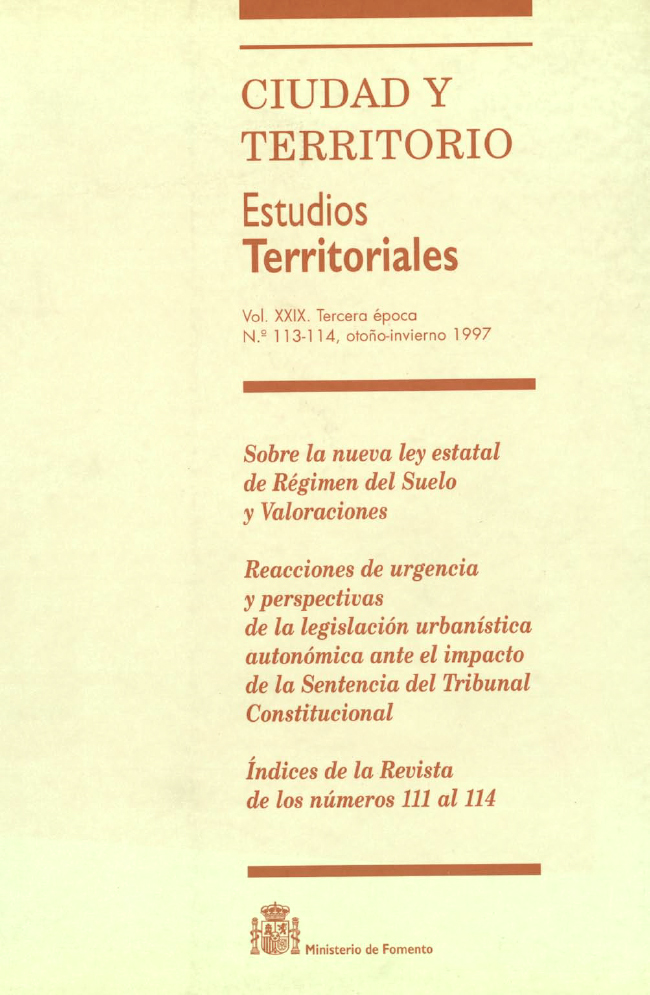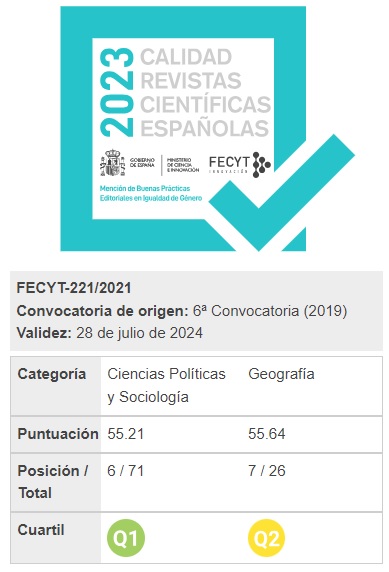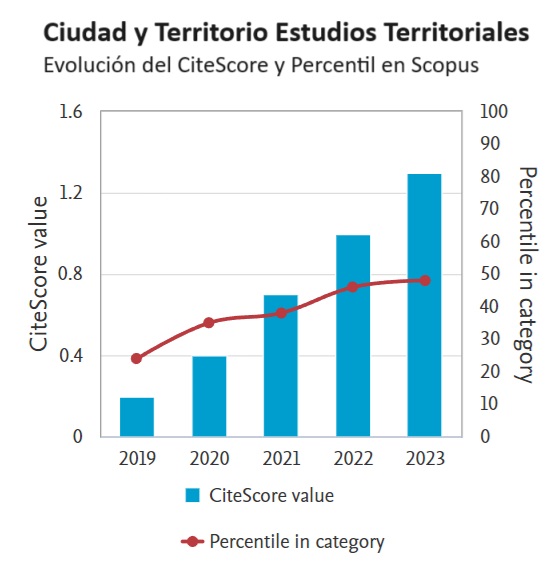The New Land Usage & Assessment Bill as a Way Out from a Crisis
Keywords:
Legislación urbanística, Suelo urbanizable, EspañaAbstract
The author begins by giving a step-by-step description of the development and crises of Spanish City and Territorial Planning legislation from its first modern expression in 1956 on through the convulsive and much discussed Act of 1990, the findings of the Free Market Defence Council, the provisional amendments that the in-coming party's government made to it and then on to the earth shaking sentence handed down by the Constitutional Court that brought down its whole doctrine as the how land could be made available. The paper then enters into an analysis of the structuring thought behind the new Bill, here laying special emphasis on the reach a novel regulating of the legal standing of real estate in its various categories, special attention being here given to land as to building where it is planned to invert the traditional proportion between that which can and cannot be so used. Likewise here the notion of time determined programming is to be swept away insomuch as it has proved to be unworkable and, being so, has given rise to rigidity in the supply of built upon and available land which, in its turn, has led to scarcity and price rises. The Bill is said to be inspired by the idea of the 'no-can planning' of building land, i.e. a defining of what cannot be done with it. This once established, the real estate owner is then at liberty to undertake its transformation as and if a wider market and greater supply will let him do so. The author rounds his paper off by calling for a re-founding of the new Bill to take in all such elements of previous legislation that it leaves standing to thus avoid any chance of any possible chaos as to the norms governing the supply of land and suggesting that this move would lead to a even greater collaboration between all such at National or Autonomous Regional Government Level sitting on the Council governing this sector.
Downloads
Downloads
Published
How to Cite
Issue
Section
License
Copyright (c) 1997 Tomás Ramón Fernández

This work is licensed under a Creative Commons Attribution-NonCommercial-NoDerivatives 4.0 International License.
Considering the provisions of the current legislation on Intellectual Property, and in accordance with them, all authors publishing in CyTET give -in a non-exclusive way and without time limit- to the Ministry of Transport, Mobility and Urban Agenda the rights to disseminate, reproduce, communicate and distribute in any current or future format, on paper or electronic, the original or derived version of their work under a Creative Commons Attribution-NonCommercial-NoDerivative 4.0 license International (CC BY-NC-ND 4.0), as well as to include or assign to third parties the inclusion of its content in national and international indexes, repositories and databases, with reference and recognition in any case of its authorship.
In addition, when sending the work, the author(s) declares that it is an original work in which the sources that have been used are recognized, committing to respect the scientific evidence, to no longer modify the original data and to verify or refute its hypothesis. Author(s) also declare that the essential content of the work has not been previously published nor will it be published in any other publication while it is under evaluation by CyTET; and that it has not been simultaneously sent to another journal.
Authors must sign a Transfer of Rights Form, which will be sent to them from the CyTET Secretariat once the article is accepted for publication.
With the aim of promoting the dissemination of knowledge, CyTET joins the Open Journal Access (OA) movement and delivers all of its content to various national and international indexes, repositories and databases under this protocol; therefore, the submission of a work to be published in the journal presupposes the explicit acceptance by the author of this distribution method.
Authors are encouraged to reproduce and host their work published in CyTET in institutional repositories, web pages, etc. with the intention of contributing to the improvement of the transfer of knowledge and the citation of said works.








 Enlace a CyTET en Linkedin
Enlace a CyTET en Linkedin